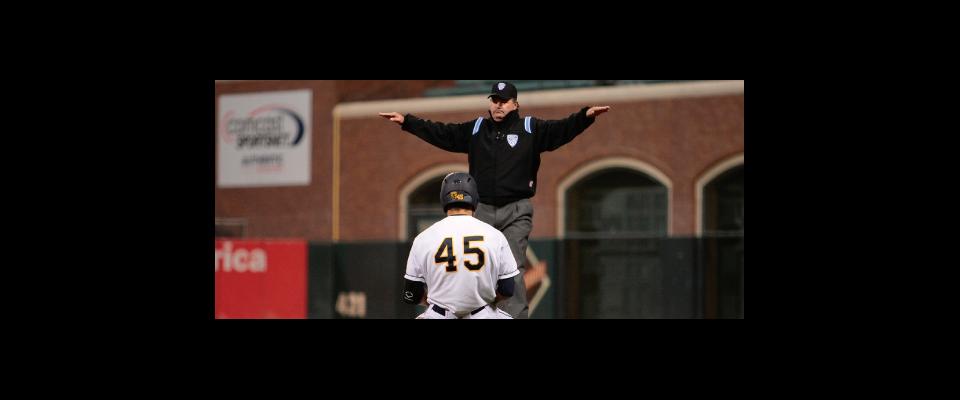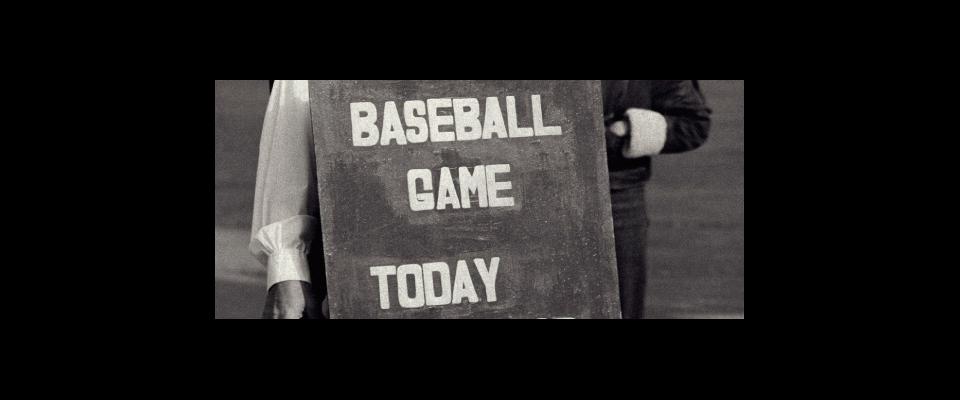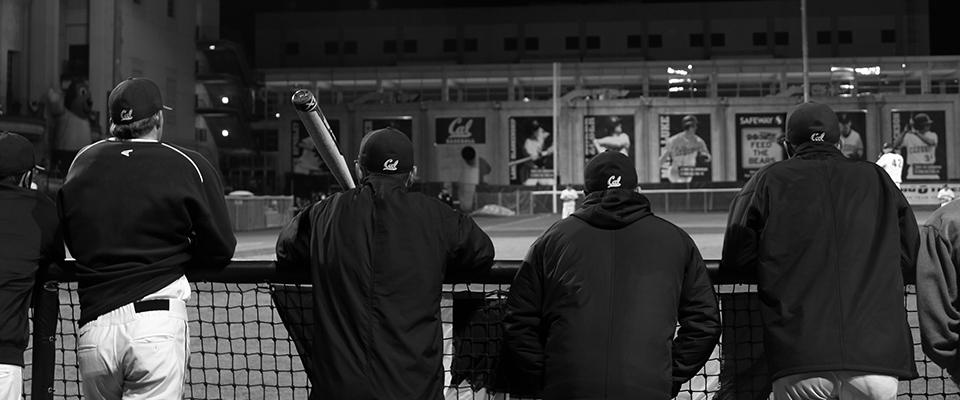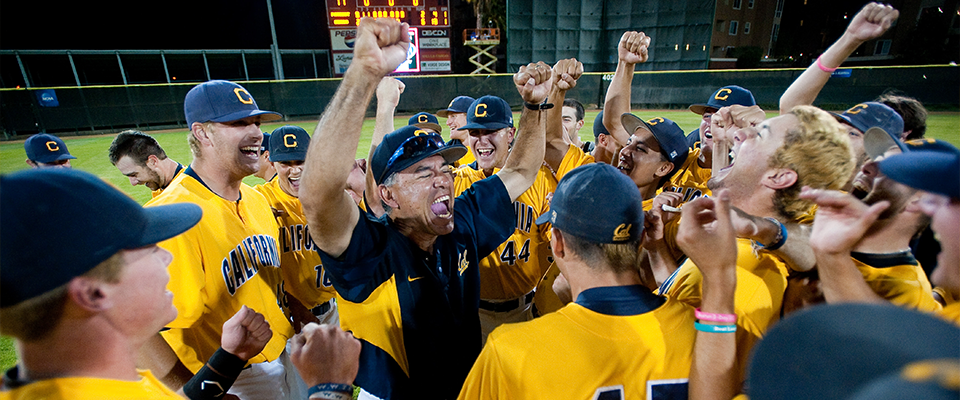Thanks to donors, five Cal Athletics teams have a new lease on life.
All five of the athletic teams Cal cut from its varsity lineup last September (see “No Joy in Berkeley,” Winter 2010)—men’s rugby, women’s lacrosse, men’s and women’s gymnastics, and baseball—have since been reinstated, and their restoration has about it the feel of a minor miracle. Like Lazarus, they were dead, but they got better.
Certainly, few persons outside the affected programs would have ever believed that comeback possible. Two months after the cost-saving cuts were announced, even director of athletics Sandy Barbour was stressing her conviction that “it would be unrealistic to expect a significant number of donors to immediately increase their giving far above current levels.” Yet, like parents paying ransom on kidnapped children, donors did indeed open their checkbooks.
By early February, presented with more than $12 million in combined pledges, the University announced the restoration of three of the five teams: women’s lacrosse, women’s gymnastics, and men’s rugby. (Rugby, Cal’s most dominant team, had not been eliminated, but rather transitioned to “varsity club” status.) The decision surprised many observers because the University had previously indicated that none of the five sports would be reinstated unless they all were.
And that wasn’t the only point of confusion. Initially, campus administrators had put the figure required for reinstatement at more than $80 million. Later, that was reduced to $25 million and, in the end, the determining criteria was whether the funds raised were sufficient to support individual programs for a period of seven to ten years. By that measure, said Vice Chancellor Frank Yeary ’85, baseball and men’s gymnastics “would have needed to raise multiples of what they actually did.”
And so, newly forsaken, baseball’s supporters redoubled their fundraising efforts. By Easter, thanks to nearly $10 million in pledged donations, that team, too, had been resurrected. In a press conference after the decision was announced, Stu Gordon ’62, a San Francisco attorney and Cal baseball alum who led the final fundraising effort, told reporters that more than 1,000 donors had pitched in, with some 35 individuals pledging $50,000 or more.
Finally, in early May, men’s gymnastics was granted a reprieve despite falling $1.4 million short of the $4 million goal set by the University as a condition for its reinstatement. As a consequence, the program will not be able to offer scholarships until funding increases. Still, Cal men’s gymnastics—former national champions and perennially one of the top-ranked teams in the country—will compete in 2012, the team’s centennial on campus.
In outline, it’s a story of triumph, of course—one that should make the teams, coaches, and Bears fans proud. Still, many nagging questions remain. What happens after the seven-to-ten-year horizon is reached? As the University’s budget woes intensify, will other teams also be required to support themselves with donations? If so, how long will the donor model prove sustainable? Whatever the uncertainties, however, they surely pale when compared with what the affected athletes and coaches have already weathered.
When news of the baseball team’s reinstatement broke, the Bears, ranked 13th in the country at the time, were at Arizona, playing out what was to be their final season. On a conference call that day, a reporter asked Coach David Esquer whether the months in limbo had hurt Cal’s recruiting efforts for next season. They had, of course, but Esquer played it cool. “Cal is a destination school,” he said. “Athletes want to come here. … I tell people all the time: ‘We cut our team and only lost three players [to other schools].’ That tells you something.”





















